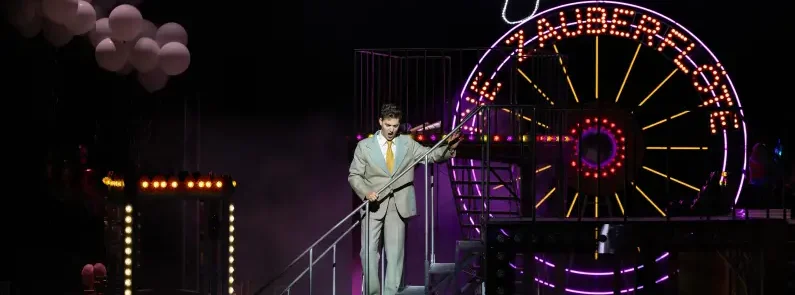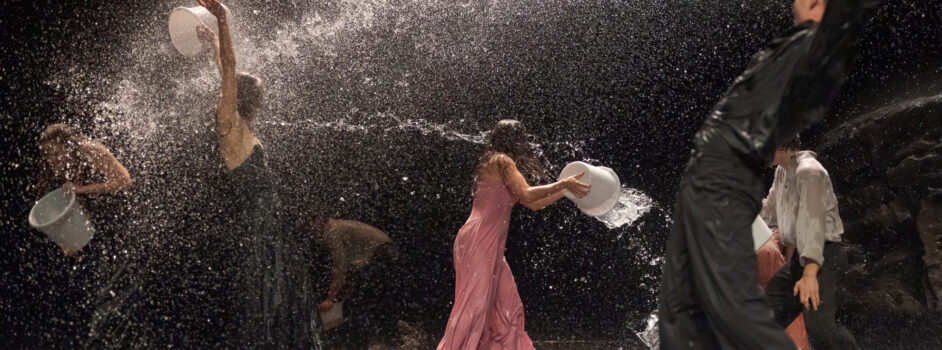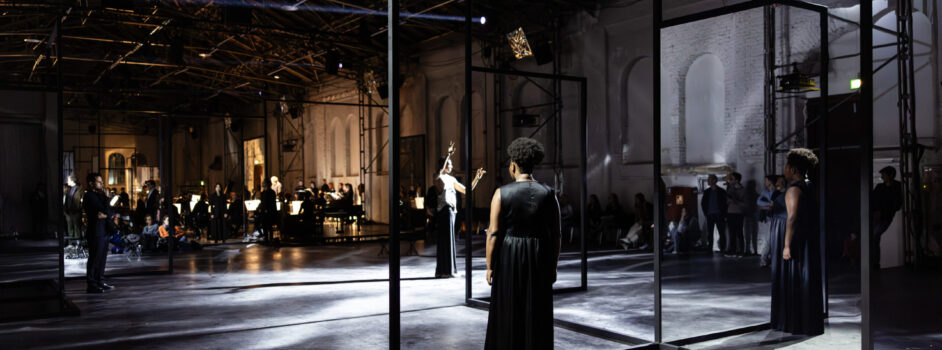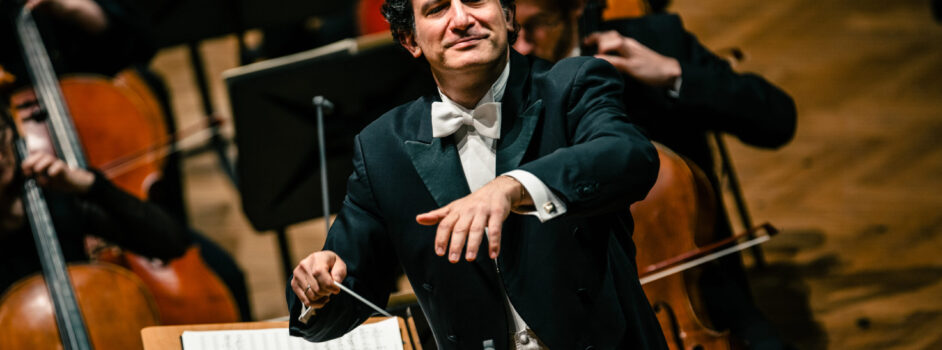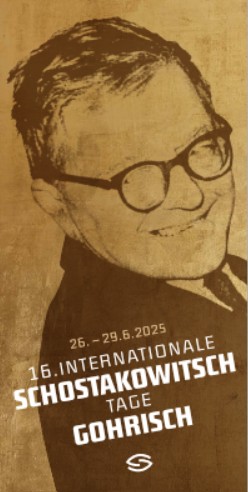Plus de détails
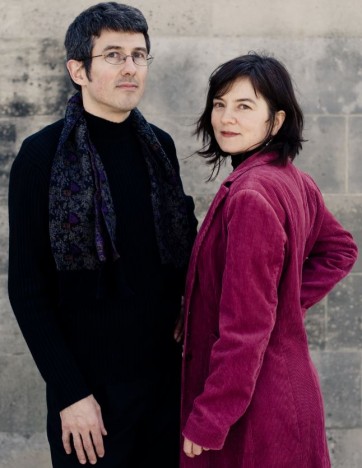 Since its foundation in 2004, the baroque ensemble La Rêveuse has recorded a wide repertoire of both instrumental and vocal music, not only from France, but also from England and Germany. After publishing 12 recordings including one DVD, these musicians have now dedicated their new album to Marin Marais's latest works. On this occasion we interviewed the co-founder and co-director Florence Bolton.
Since its foundation in 2004, the baroque ensemble La Rêveuse has recorded a wide repertoire of both instrumental and vocal music, not only from France, but also from England and Germany. After publishing 12 recordings including one DVD, these musicians have now dedicated their new album to Marin Marais's latest works. On this occasion we interviewed the co-founder and co-director Florence Bolton.
“ When we play instrumental music, we try to give as much voice as possible to the instruments. The voice is always the model we seek to imitate.”
ResMusica : Which part of the French baroque repertoire is the most difficult for the musicians to play from a technical point of view? We wonder, for example, why musicians choose more and more often to play Marin Marais's music, like your new recording, rather than the music of Antoine Forqueray.
Florence Bolton : Yes, indeed, that's a bit of a mystery! I think that all French viol players played Marin Marais's music when they were studying, and perhaps they played Antoine Forqueray a bit less. Marais is a composer who stays with us throughout our careers as musicians, a bit like a very old friend. You mention technical difficulties and Forqueray is the prime example on this point: he is the French viol player who tried to push the technical difficulties of the instrument to the most extreme limits. His reputation at the time – and still today – is largely based on that. Marais has a more discreet temperament, he is more of a “courtier”. He was also older than Forqueray, who was seen as very modern. When you are familiar with the social codes of the period, you can see that Marais's music is a perfect example of the idea of “sprezzatura” which can be found in the courtiers' manual: it is important that the difficulty should not be apparent (which doesn't mean that the piece isn't difficult to play!), whereas Forqueray made it a point of honour that the difficulty should be very noticeable. This is a huge difference of approach, when you play the music of these two very different composers. In any case, whether you play Marais or Forqueray, one of the difficulties for the French school of viol playing is that it isn't enough to be technically good, you also have to be an inspired poet.
RM : We can hear the poetry and inspiration you are referring to in your new CD, devoted to the works of Marin Marais. Were you aiming to present some of Marais's lesser known works to the public or rather to make people familiar with your own personal choice, of your own favourite pieces ?
FB : It's not easy to make a Marin Marais recording… You might say “not another one” because there are already so many ! However, as you suggest, we have still not heard the last word from this wonderful composer. We wanted to shed some light on a particular facet of his art, his talent as a “painter”; a painter of little genre scenes and portraits, a painter of the society of his era. Marais is always presented with reference to his learned musicological sayings, but actually his music has not often been compared to the yardstick of the other forms of art. Like Couperin, his music has a lot in common with painting. In the very beautiful film All the Mornings of the World, Marais is portrayed as a man of the 17th century, with images of La Tour and Baugin, but, if we are observant, Marais reached maturity in the age of Watteau, in the 18th century. This composer lived not only in the age of Louis XIV but also during the Régence and the beginning of the reign of Louis XV. So we decided to choose some of his more mature pieces, taken from his last two books of viol music. There is a certain melancholy and an element of mystery, which remind us of the fascinating works of Watteau. We also get a sense of the countryside which was so fashionable and a touch of the lightness which characterized the nascent 18th century. To be a success, a recording must make us feel and imagine the time when it was written. I hope that will be the case with this one.
“We must tell ourselves that, even with the best documentation available, to produce a perfect replica of music which was written 300 years ago, is a utopic vision.”
RM : What are your criteria for choosing your repertoire ? Does your audience influence your choice of repertoire ?
FB : Some ensembles choose to specialize in one particular type of repertoire and to dig deep in one particular period. That makes their work easier to recognize. The danger of that sort of specialization is that it can easily lead to becoming isolated and restricted which will prevent you from trying different repertoires. Benjamin and I are determined to be free spirits and we swop from vocal music to instrumental music, from Germany, to France or to England, from the 17th to the 18th centuries. Even though it may be a bit confusing for our image perhaps, for us that sort of freedom is essential to stimulate our creativity.
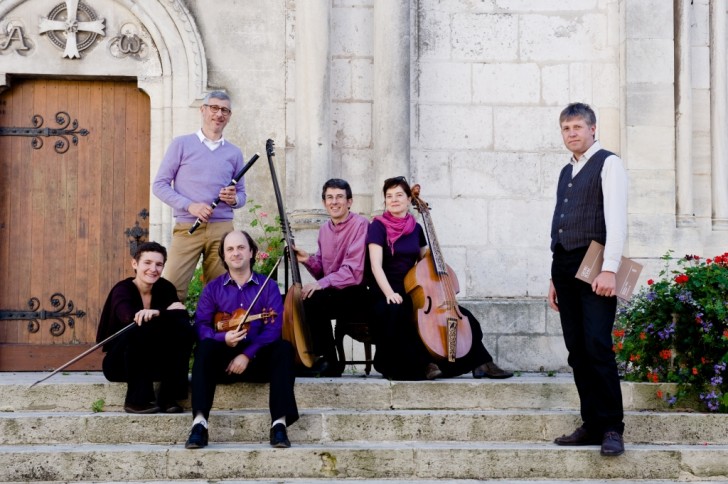 RM : When you play music which was written 300 years ago in France or in England, do you also take into account our traditional regional music ?
RM : When you play music which was written 300 years ago in France or in England, do you also take into account our traditional regional music ?
FB : Certain treatises, which can be very interesting, are often contradictory, and that is a real problem. In consequence there are many different sources of inspiration, and in that case, why not take inspiration from traditional music as well? We must tell ourselves that, even with the best documentation available, to produce a perfect replica of music which was written 300 years ago, is a utopic vision. Our personal journey through life, the people we meet, the age we live in, have an inevitable influence on us and what we produce! Benjamin Perrot, who directs La Rêveuse with me, likes to refer to a “historically informed” approach, and I think that is a fairly accurate description of the way we work.
RM : You said that sometimes treatises contradict one another. Can you give us an example of that ?
FB : Yes, of course, it actually happens quite often, and if it does, we choose the solution which suits us best. You also have to look at the information from a distance: we cannot take everything as gospel, and if we find lots of valid and interesting information, we also find lots of silly mistakes. The world of commerce and communications was not so very different from today, each author, each maestro, is going to claim that his is the best work, and that he has found THE solution. To take an example of how to play a viol (but of course there are many other examples in different domains), there was a famous quarrel between different factions in the 17th century between the viol players De Machy and Jean Rousseau, regarding the placing of the left hand on the neck: should the thumb be placed in front of the first finger or in front of the second finger? De Machy advocates two different positions for the hand whereas Rousseau advocates just one position with the second finger in front of the thumb. Sometimes the explanations in a treatise seem rather confused and the author states that if it is not clear, we are welcome to call on him and he will be pleased to explain his theories face to face. Alas, musicians today do not have that option.
Equally, each master has his own way of illustrating ornamentation, which sometimes makes it difficult to pass from one composer to another. Montéclair, in his Principes de musique (an excellent book), complains and says with great good sense, that there should be a common system of notation for everyone which would make things a whole lot easier. To read and be familiar with the treatises is interesting for us because they teach us a lot about the way music was studied and how an instrument was played in the 17th and 18th centuries.
RM : What are the most important elements for your performances ? Do your interpretations differ when you play instrumental or vocal pieces some of which you have also recorded ?
FB : La Rêveuse is an ensemble which is built around its continuo section, and we are very particular on this point. To have a united team, who listen and feel things in the same way in the continuo playing is the key starting point for our musical approach. When we play instrumental music, we try to give as much voice as possible to the instruments. The voice is always the model we seek to imitate. When we play with singers, we insist on the importance of theatrical diction. The singer has to be convincing and must display his or her eloquence. It's not just a question of singing after all, but of performing like an actor, as it often was at the time. We have often worked with actors and those experiences have had a deeply resounding effect on our work as musicians. The singer and the musician must reach out to their audience, must communicate their emotions to them. A master Parisian viol player said in the late 17th century: “a musician who plays very difficult pieces with great restraint, will not please the audience as much as someone who plays a minuet gracefully”. This is food for thought in this day and age when, as in sport, the audience is more and more demanding and expects ever more technical perfection from musicians. Does emotion still come into it? The concert should remain a timeless and precious moment, a time of exchange and communion between the musicians and their public.
Photos : Benjamin and Florence Bolton © Nathaniel Baruch ; Ensemble La Rêveuse © Nathaniel Baruch

